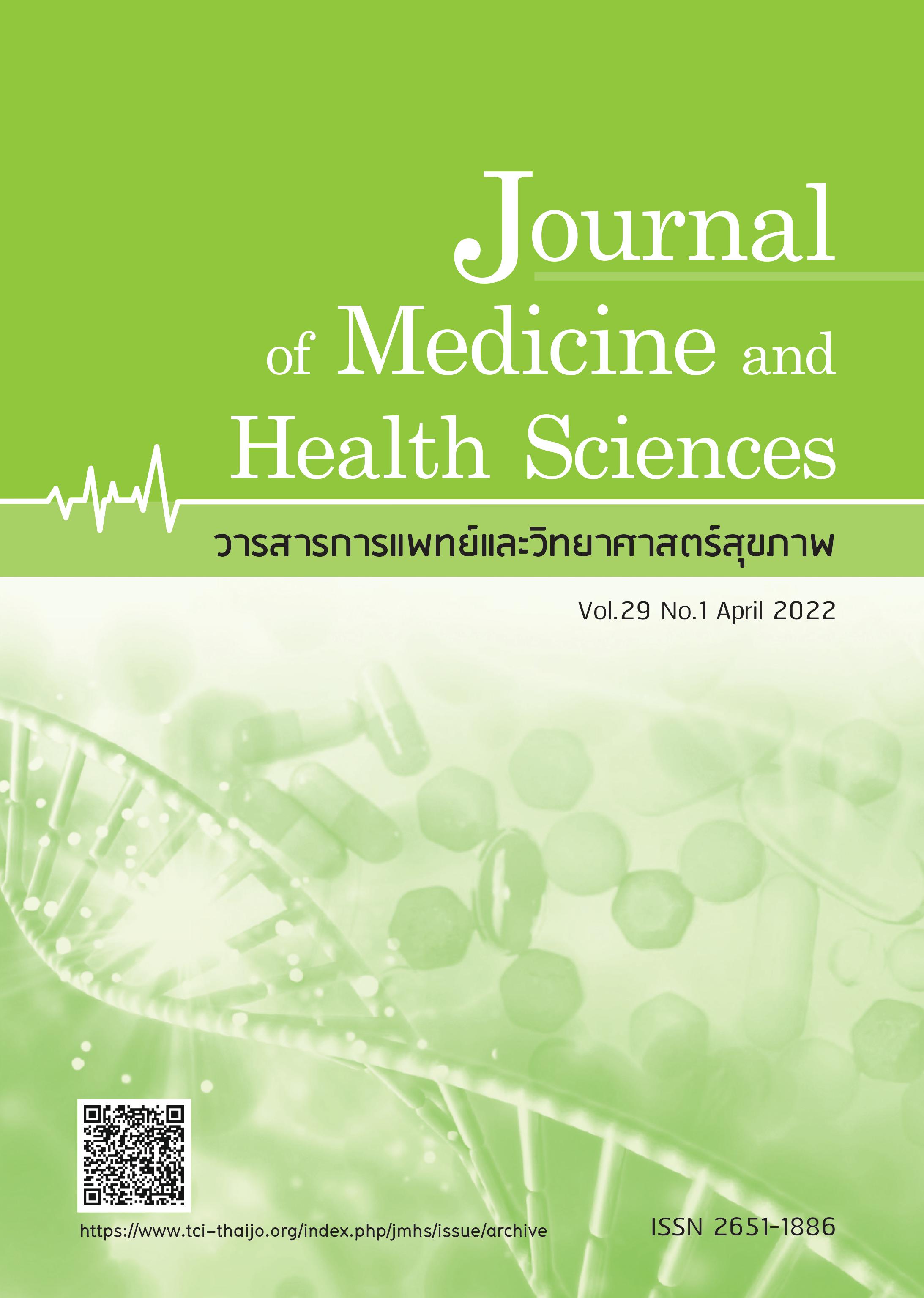Acneiform eruptions
Keywords:
Acneiform eruptions, Acneiform, drug eruption, Acne, RosaceaAbstract
Abstract
The recent pandemic of Coronavirus disease 2019 (COVID-19) has resulted in a significant rise regarding the use of personal protective equipment, and hygiene measures, such as hand washing with gel, frequent hand washing, and wearing a mask around healthcare personnel and the general population. There has been a considerable rise in the prevalence of reported dermatoses, such as allergic and irritating contact dermatitis, Acne and Acneiform eruptions, Seborrheic dermatitis, and Rosacea. This article provides an overview of Acneiform eruptions due to the fact that many patients come to hospital with these complaints due to taking anti-COVID drugs or wearing masks. Acneiform eruptions are an abrupt onset and characterized by papules, pustules, nodules, or cysts resembling Acne vulgaris, that can be distinguished from Acne vulgaris, which are not shown with Comedones. It can be found in any gender and among all age groups. There are many causes, including drugs or vitamins, contact with chemicals, inflammation and infection of the follicular units and sebaceous glands, genetic diseases, friction and pressure. The treatment depends on the causation, and the correction of the root cause.
References
Gupta M, Aggarwal M, Bhari N. Acneiform eruptions: An unusual dermatological side effect of ribavirin. Dermatol Ther 2018; 31:e12679.
Ayanlowo O, Puddicombe O, Gold-Olufadi S. Pattern of skin diseases amongst children attending a dermatology clinic in Lagos, Nigeria. Pan Afr Med J 2018;29:162.
Musthaq S, Mazuy A, Jakus J. The microbiome in dermatology. Clin Dermatol 2018;36:390-98.
Sibaud V. Dermatologic reactions to immune checkpoint inhibitors : Skin Toxicities and Immunotherapy. Am J Clin Dermatol 2018;19:345-61.
Zaenglein AL, Thiboutot DM, Acne Vulgaris. In: Bolognia JL, Schaffer JV, Cerroni L, editors. Dermatology. 4th ed. UK: Elsevier; 2018. 588-603.
Kazandjieva Jana, Tsankov N, Druginduced acne, Clinics in Dermatology 2017;35:156-62.
Zaenglein AL, Graber EM, Thiboutot DM. Acne Variants and Acneiform Eruptions. In: Kang S, Amagai M, Bruckner AL, Enk AH, Margolis DJ, McMichael AJ, Orringer JS, editors. Fitzpatrick’s Dermatology in General Medicine. 9th ed. New York: McGraw-Hill Education; 2019. 1448-57.
Tsankov N, Kazandjieva J. Drug induced acne. In Acne and Rosacea – Pathogenesis and Treatment, ed. by Ch. Zouboulis, A. Katsambas, A M. Kligman, Springer, Berlin; 2014.
Hurwitz RM. Steroid acne. J Am Acad Dermatol 1989;21:1179-81.
Abraham A, Roga G. Topical steroiddamaged skin. Indian J Dermatol 2014;59: 456-59.
Liu K, Antaya R. Midchildhood Acne associated with inhaled corticosteroids: Report of two cases and review of the literature. Pediatr Dermatol 2014;31:712-15.
Mills OH Jr, Leyden JJ, Kligman AM. Tretinoin treatment of steroid acne. Arch Dermatol 1973;108:381 84.
Scarfi F, Arunachalam M. Lithium acne. Can Med Assoc J 2013;185:1525.
Aithal V, Appaih P. Lithium induced hidradenitis suppurativa and acne conglobata. Indian J Dermatol Venereol Leprol 2004;70:307-9.
Purohit SD, Gupta PR, Sharma TN, et al. Acne during rifampicin therapy. Ind J Tub 1983;30:110-11.
Tsankov N, Kamarashev J. Rifampin in dermatology. Int J Dermatol 1993;32:401-6.
Sidoroff A, Dunant A, Viboud C, et al. Risk factors for acute generalized exanthematous pustulosis (AGEP)—results of a multinational case-control study (EuroSCAR). Br J Dermatol 2007;157:
-96.
Sussman M, Napodano A, Huang S, et al. Pustular psoriasis and acute generalized exanthematous pustulosis. Medicina (Kaunas). 2021;57:1004.
Sherertz EF. Acneiform eruption due to “megadose” vitamins B6 and B12. Cutis. 1991;48:119-20.
Kang D, Shi B, Erfe MC, et al. Vitamin B12 modulates the transcriptome of the skin microbiota in acne pathogenesis. Sci Transl Med 2015;7:293ra103.
Panteleyev AA, Bickers DR. Dioxin-induced chloracne-reconstructing the cellular and molecular mechanisms of a classic environmental disease. Exp Dermatol 2006;15:705-30.
Redgrave TG, Wallace P, Jandacek Ronald J, et al. Treatment with a dietary fat substitute decreased arochlor 1254 contamination in an obese diabetic male. J Nutr Biochem 2005;16:383-4.
Rubenstein RM, Malerich SA. Malassezia (pityrosporum) folliculitis. J Clin Aesthet Dermatol 2014;7:37-41.
Dessinioti C, Antoniou C, Katsambas A. Acneiform eruptions. Clin Dermatol 2014; 32:24-34.
Poli F. Differential diagnosis of facial acne on black skin. Int J Dermatol 2012;51:24-6.
Plewig G, Jansen T. Acneiform dermatoses. Dermatology 1998;196:102-7.
Forton FMN. Papulopustular rosacea, skin immunity and Demodex: pityriasis folliculorum as a missing link. J Eur Acad Dermatol Venereol 2012;26:19-28.
Damiani G, Gironi LC, Grada A, et al. COVID-19 related masks increase severity of both acne (maskne) and rosacea (mask rosacea): Multi-center, real-life, telemedical, and observational prospective study. Dermatol Ther 2021;34:e14848.
Teo WL. The “Maskne” microbiome - pathophysiology and therapeutics. Int J Dermatol 2021;60:799-809.
Del Rosso JQ, Silverberg N, Zeichner JA. When Acne is Not Acne. Dermatol Clin 2016;34:225-8.
Downloads
Published
How to Cite
Issue
Section
License

This work is licensed under a Creative Commons Attribution-NonCommercial-NoDerivatives 4.0 International License.



